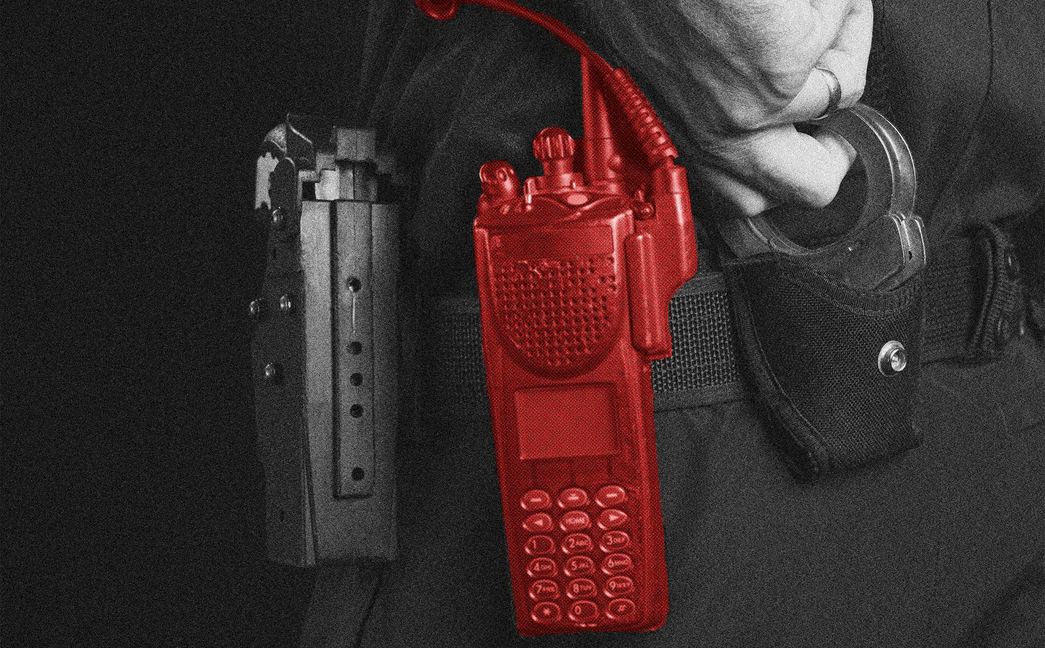Vulnerable Encryption for Police and Military Communications

Encryption designed for police and military radios, once thought secure, has been found to be easily compromised, posing risks to critical communications worldwide.
In recent developments, a team of researchers in the Netherlands uncovered significant vulnerabilities within an encryption algorithm used in radios by essential sectors such as law enforcement, intelligence, and military forces globally. This flaw intriguingly stems from a deliberate backdoor added to the algorithm, ostensibly aimed at facilitating certain operational needs but inadvertently making communications susceptible to eavesdropping attacks.
The European Telecommunications Standards Institute (ETSI), which initially developed this algorithm, had recommended deploying an additional layer of end-to-end encryption to mitigate these vulnerabilities. However, further investigation revealed that even this supposed solution is afflicted with issues that make it vulnerable to similar exploits. In particular, a key aspect of the encryption process involves compressing a 128-bit key to a 56-bit equivalent, significantly reducing its security.
The use of this vulnerable encryption solution is particularly widespread among governmental agencies engaged in national security, thanks to its endorsement by ETSI. Despite its importance, it appears that many of these users remain largely unaware of the inherent security risks or underestimation of these vulnerabilities in their communications settings.
This encryption issue traces back to a historical vulnerability within a European radio standard known as TETRA, which utilizes four primary algorithms: TEA1, TEA2, TEA3, and TEA4. Each serves different regions based on geopolitical alliances, with varied encryption strengths. Notably, TEA1's entropy is limited to 32 bits for compatibility with export regulations, which dramatically compromises its security.
Complications further arise in TETRA's end-to-end encryption, a solution often intended to secure government communications. Findings indicated a compressor that diminishes key strength, alongside a design flaw permitting the transmission of inaccurate messages, raising concerns over misinformation and signal integrity.
It has become clear that the assurance level purported by these encryption methods requires critical reassessment and potential re-engineering to withstand current and future cyber threats. As a result, authorities employing these technologies are urged to re-evaluate their security strategies to prevent possible data breaches and communication dysfunction.
The ongoing scrutiny and technological evolution demand closer examination and dissemination of information regarding encryption security, especially considering the critical nature of the sectors relying on these systems.
